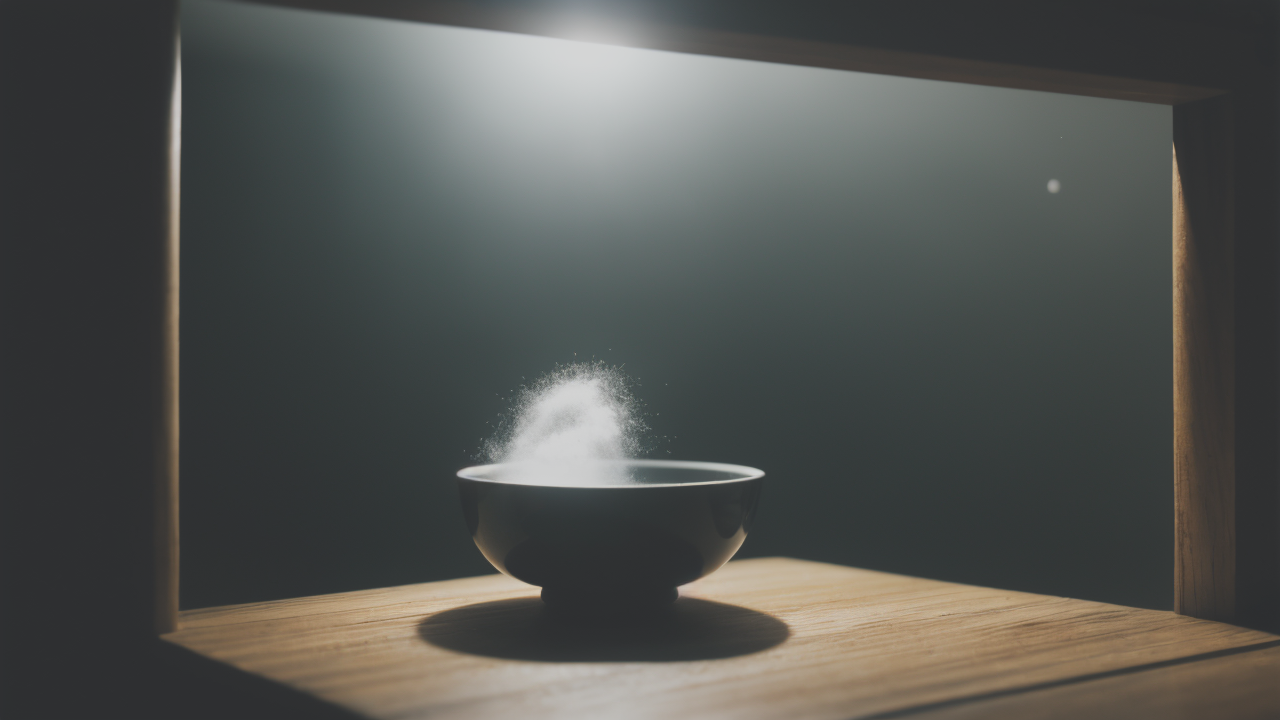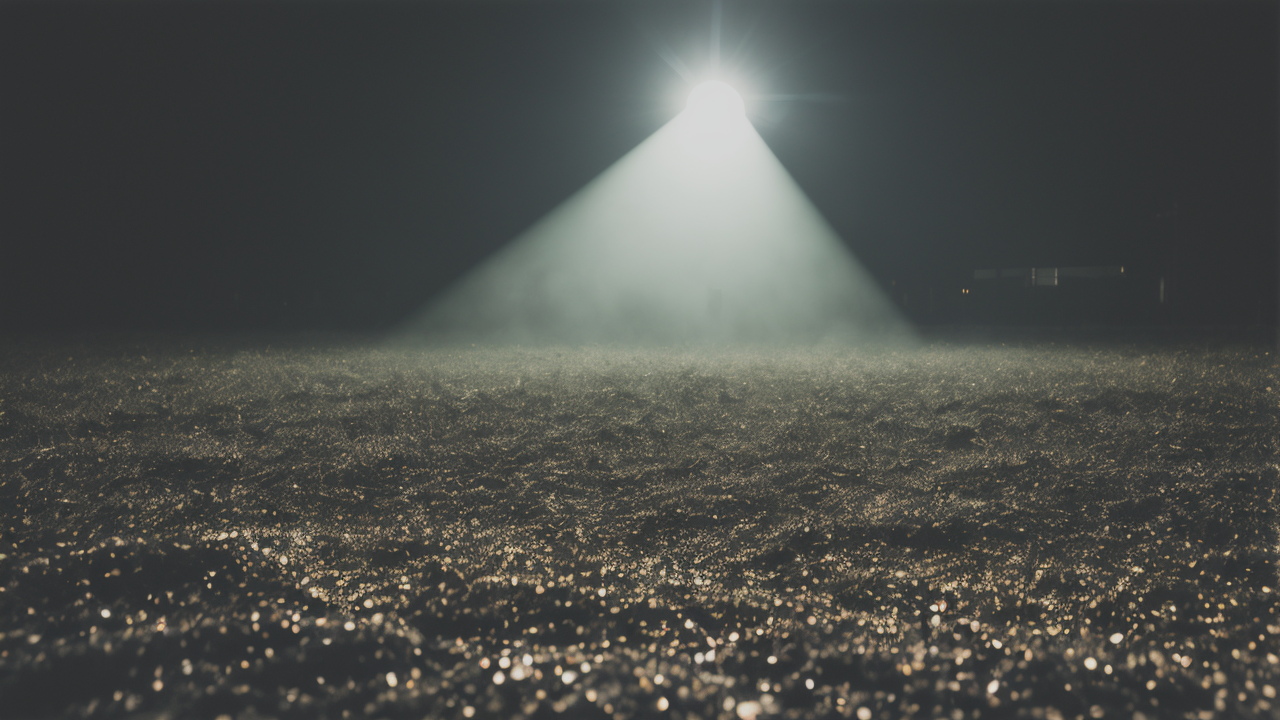
Cultivating Tranquility: Expert Tips for Integrating Dabi Art into US Home Interiors
The Roots of Wabisabi Art: An Overview of its History and Cultural Significance
The Origins of Wabisabi Aesthetics
Wabisabi is a Japanese aesthetic concept that emerged in the 15th century. It has its roots in Zen Buddhism and the tea ceremony. The term combines "wabi" (simplicity) and "sabi" (the beauty of age and wear). Wabisabi values imperfection, asymmetry, and the marks of time. It arose as a contrast to earlier, more ornate art styles. Tea masters played a key role in developing wabisabi. They chose simple, imperfect utensils for tea ceremonies. These objects reflected the transient nature of life. Over time, wabisabi influenced many Japanese art forms. It shaped pottery, painting, and architecture. The aesthetic celebrates the natural process of aging and decay.

Wabisabi Art in the Context of Traditional Japanese Culture
In Japan, wabisabi is more than just an art style. It's a way of seeing and living in the world. This philosophy touches many aspects of Japanese life. It influences home design, gardening, and social interactions. Japanese homes often feature simple lines and natural materials. Gardens embrace asymmetry and seasonal changes. In social settings, wabisabi promotes humility and acceptance. It also shapes Japanese cuisine. Chefs favor simple presentations and seasonal ingredients. Wabisabi art reflects these cultural values. It often depicts everyday objects or scenes in a subtle way. The goal is to find beauty in ordinary things. This approach encourages mindfulness and appreciation of life's fleeting nature.
The Transformation of Wabisabi Art in the Modern United States
Embracing Western Influences: A New Frontier for Wabisabi Artists
As wabisabi concepts reached the US, they met new influences. American artists began to blend wabisabi with Western art traditions. This fusion led to unique interpretations of wabisabi aesthetics. Some artists focused on minimalism, echoing wabisabi's simplicity. Others explored imperfection in abstract expressionism. The use of found objects in art fit well with wabisabi ideas. American wabisabi art often uses bolder colors than its Japanese counterpart. It may include elements of pop culture or urban scenes. This evolution shows how wabisabi adapts to new cultural contexts. It keeps its core principles while embracing new forms of expression.

Technological Innovation: The Role of New Media in Wabisabi Creation
The digital age has opened new paths for wabisabi art in the US. Artists now use technology to explore wabisabi in innovative ways. Digital photography captures and enhances imperfect moments. Video art can show the passage of time, a key wabisabi theme. Some artists create glitch art, embracing digital flaws. 3D printing allows for objects with controlled asymmetry. Virtual reality offers new ways to experience wabisabi spaces. These tools don't replace traditional methods. Instead, they expand the possibilities for wabisabi expression. They allow artists to reach wider audiences and explore new dimensions of the aesthetic.
The Impact of Wabisabi Art on Contemporary American Culture
Wabisabi Art and its Influence on Modern Design
Wabisabi has greatly influenced modern American design. Its principles of simplicity and imperfection resonate in many fields. In interior design, we see a trend towards minimalism and natural materials. Furniture often has raw edges or visible grain patterns. Architects use wabisabi ideas in sustainable, organic designs. Fashion designers create "perfectly imperfect" pieces. These might have asymmetrical cuts or distressed fabrics. Graphic design embraces handmade textures and imperfect fonts. Even tech products are adopting more organic looks. This shift shows a growing love for authenticity and uniqueness. Wabisabi offers an alternative to mass-produced perfection in the digital age.

The Societal Implications of Wabisabi Art in the United States
The spread of wabisabi art in the US has broader effects on society. It challenges the American pursuit of perfection and constant renewal. Wabisabi encourages acceptance of aging and imperfection. This can positively impact mental health and self-acceptance. In a consumer culture, wabisabi promotes sustainability. It values well-worn objects over disposable goods. The aesthetic also fosters appreciation for diverse beauty. It celebrates uniqueness rather than conformity. In education, wabisabi principles can boost creativity. They can also reduce performance anxiety. As stress levels rise, wabisabi offers a calming counterpoint. It reminds us to find beauty in life's fleeting, imperfect moments.
The evolution of wabisabi art in the US is a fascinating cultural exchange. It shows how ancient Japanese ideas can thrive in a new context. American artists have embraced wabisabi, adding their own influences. The result is a unique blend of East and West, old and new. As wabisabi grows, it offers insights for our fast-paced world. It reminds us to slow down and appreciate imperfection. This philosophy can change not just our art, but our lives and society. It teaches us to find beauty in the everyday and value the passage of time.
Wabisabi's journey from Japan to the US has been one of adaptation and growth. It has moved from tea houses to art galleries, from zen gardens to urban lofts. Along the way, it has kept its core values while embracing new forms. In the US, wabisabi offers a fresh perspective on beauty and life. It challenges our obsession with youth and perfection. Instead, it celebrates the marks of time and the charm of flaws. As we face environmental and social challenges, wabisabi's lessons become more relevant. It teaches us to value what we have and find joy in simple things. The evolution of wabisabi in the US is ongoing. It continues to inspire artists, designers, and thinkers across the country.


